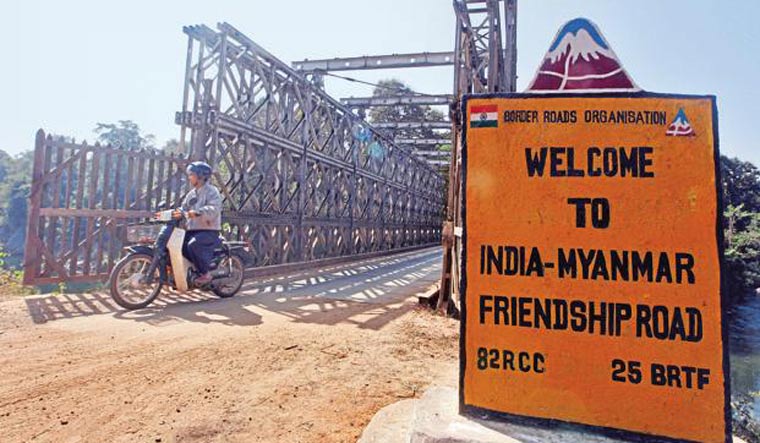Recently, when Prime Minister Narendra Modi went to Male for the swearing-in of Ibrahim Mohamed Solih, the new president spoke to Modi about the island nation's development needs—housing and infrastructure, as well as establishing water and sewerage systems in the outlying islands.
Among India's neighbours, the Maldives was the only country where the thrust of India's development outreach was missing in the last five years. Since 2013, India has promised a grant assistance of $4.2 billion to the SAARC nations (except Pakistan) and Myanmar. Sources in the ministry of external affairs say that this outlay is much higher than in previous years. In addition, India has committed Lines of Credit (LoC) to the tune of $25 billion to 61 countries, of which 40 per cent is in the neighbourhood, given the government's “neighbourhood first” policy.
Development partnership has become a very important factor of India's bilateral engagements in recent years. India's development partnership has a unique aspect. Unlike other “big brothers” who dominate over what the smaller partner needs, India's partnership is demand driven—as per the needs of the partner country, and as per their national priorities. “We work only on projects that the partner country requests us to,'' says an official.
Bangladesh, which goes to polls next month, has been the biggest recipient of LoCs from India in the last five years, with a commitment of $7.862 billion. Sources say that this is because of the exceptionally good ties between the governments of the two countries.
The development aid to Bangladesh encompasses a host of projects—from the supply of railway engines and coaches, buses and trucks to more infrastructure driven projects like power stations, inland container depots and solar plants.
India is involved, along with Russia, in developing the Rooppur nuclear power plant in Bangladesh. Under a grants project, India is also constructing the Akhaura-Agartala railway link, the deadline for which is 2019 end.
Nepal has been another big benefactor, with a slew of projects underway, both through LoCs and grants. These include construction of 500 km of road, power transmission lines, civic infrastructure, housing and oil pipelines. Nepal Prime Minister K.P. Sharma Oli, on his visit to India in April, had also asked for a railway line to Kathmandu. This is also being worked on. Meanwhile, India is ready to throw open two railway links anytime now. These include the Jogbani to Biratnagar and Jaynagar to Kurtha lines.
In Sri Lanka, India is working on the delivery of 50,000 houses for war victims in a phased manner. The project is under a grant, in which India puts in the money while the recipient does the construction. India has also undertaken a major upgradation of the railways in Sri Lanka.
In Myanmar, India recently handed over a port at Sittwe. In addition, it is working on upgrading refineries, and also on a truck reassembly project. The latter is being handled entirely by a woman workforce. India is also helping Myanmar set up a microwave link for communications.
While assistance to partner countries can be through easy LoCs and grants, in Bhutan and Afghanistan, all development is in the form of grants.
The development outreach to Afghanistan has been exceptionally well received. After the success with the Salma dam, Afghanistan has asked India to develop the Shatoosh dam, too. India has also committed $120 million of grants for grassroot intervention. One ongoing project is an Agriculture University in Kandahar. The Chabahar port in Iran, though only in the first phase of its development, has already been used to send 1.7 lakh tonnes of wheat, and 2,000 tonnes of pulses as humanitarian assistance.
India's development focus is also changing from capacity building to technological and economic cooperation. The scope of the projects is also increasing. There is an India built hospital in every country in the neighbourhood.
The Indian stamp might be visible all across the subcontinent. The question is, what dividends will it reap in the long run, given that the unstable political situations in these countries make them lean towards or away from India, rather sharply. While Afghanistan has been an outright success story, elsewhere, internal politics play an important role in how the nations view India. In Nepal this has become very apparent. India, of course, believes its work will speak for itself.




